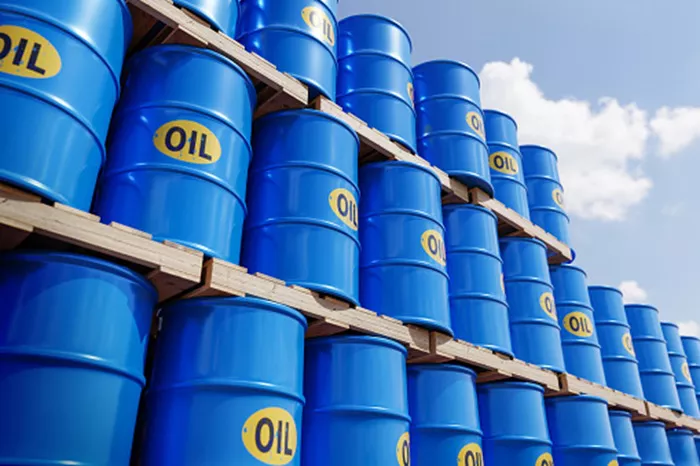The discovery of how to produce kerosene from crude oil marked a pivotal moment in industrial history, transforming the way society illuminated homes and powered early industries. Pioneered by figures like Abraham Gesner and Ignacy Łukasiewicz in the mid-19th century, this innovation not only revolutionized lighting but also laid the foundation for the widespread use of petroleum as a versatile energy source.
Abraham Gesner
Abraham Gesner, a Canadian geologist and inventor, made significant strides in the mid-19th century by refining kerosene from crude oil. His initial breakthrough came with the development of a process to distill liquid fuel from coal, which he named “kerosene.” Recognizing the broader potential of refining petroleum into a similar product, Gesner refined his methods to effectively extract kerosene from crude oil. This innovation not only revolutionized lighting but also paved the way for the use of petroleum as a versatile industrial resource, contributing to advancements in transportation and manufacturing.
Ignacy Łukasiewicz
Ignacy Łukasiewicz, a Polish pharmacist and inventor, played a pivotal role in advancing kerosene production during the 1850s. He established one of the earliest oil refineries and introduced methods for large-scale kerosene production. Łukasiewicz’s innovations included improvements in distillation techniques and the quality of the final product, making kerosene more accessible and affordable. His efforts were instrumental in industrializing the production of kerosene, which rapidly replaced traditional lighting fuels like whale oil and contributed significantly to the advancement of urban infrastructure and industrial processes worldwide.
See also: Which Country Has The Largest Proven Oil Reserves?
Refining Process
The process of refining kerosene from crude oil involves complex fractional distillation. Crude oil is heated in a distillation tower, where it separates into different components based on their boiling points. Kerosene, which typically boils between 150 to 275 degrees Celsius (300 to 525 degrees Fahrenheit), separates from lighter fractions like gasoline and heavier fractions like diesel fuel. Further refining steps may include treatment to remove sulfur and other impurities, ensuring that the kerosene meets stringent quality standards required for various applications, such as aviation fuel or household heating oil.
Historical Significance
Historically, kerosene has been prized for its versatility and efficiency. Initially used primarily for lighting lamps, it quickly replaced more expensive and diminishing resources like whale oil. Its clean-burning properties made it a preferred choice for heating and cooking, particularly in urban areas where alternatives were scarce or costly. The widespread adoption of kerosene not only improved living conditions but also fueled industrial growth by providing a reliable and affordable source of energy. This transformation contributed to societal advancements and economic development globally.
Impact on Global Development
The discoveries and innovations of Abraham Gesner and Ignacy Łukasiewicz had a profound impact on global development. Their advancements in refining techniques and the widespread adoption of kerosene laid the foundation for harnessing petroleum resources to meet growing energy demands effectively.
The availability of kerosene spurred technological advancements in transportation, allowing for the development of automobiles and aircraft powered by refined petroleum products. This technological leap revolutionized travel and commerce, connecting distant regions and fostering economic globalization in the 20th century.
Environmental Implication
The transition to kerosene and other refined petroleum products also brought about environmental challenges and economic shifts. While providing a more efficient energy source compared to earlier alternatives, the extraction, refining, and combustion of petroleum have raised concerns about air and water pollution, as well as greenhouse gas emissions.
Economic Implication
Economically, the petroleum industry became a cornerstone of global economies, shaping geopolitical dynamics and influencing international relations. The reliance on petroleum as a primary energy source continues to present challenges and opportunities in balancing environmental sustainability with economic growth and energy security.
Conclusion
The discovery of refining kerosene from crude oil not only illuminated homes but also ignited a global energy revolution. From its humble beginnings in lamp lighting to powering the engines of modern transportation, kerosene’s impact on industry, society, and the environment has been profound. As we navigate the challenges of a changing energy landscape, the legacy of figures like Gesner and Łukasiewicz reminds us of the transformative power of innovation and the ongoing quest for sustainable energy solutions.
Related topics:

